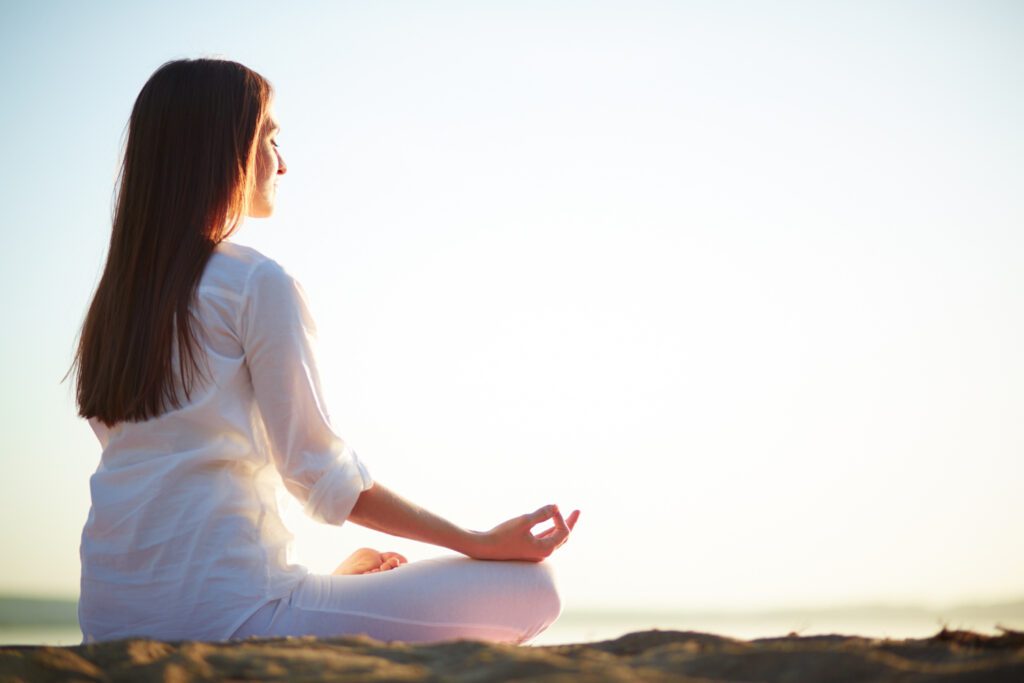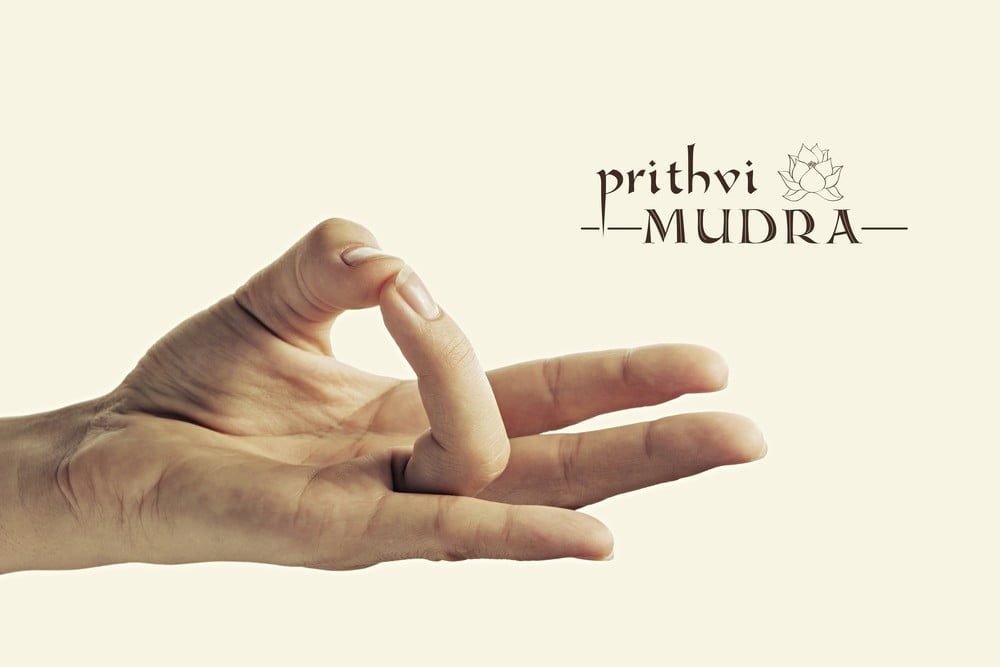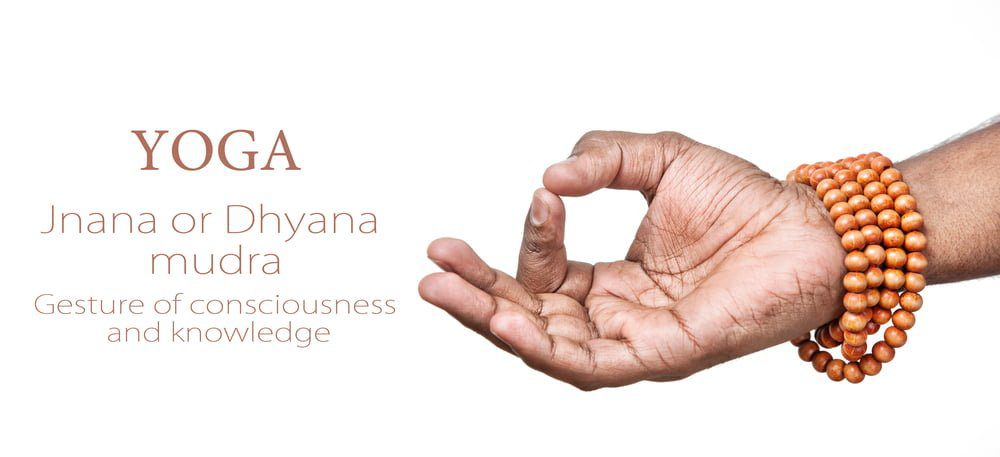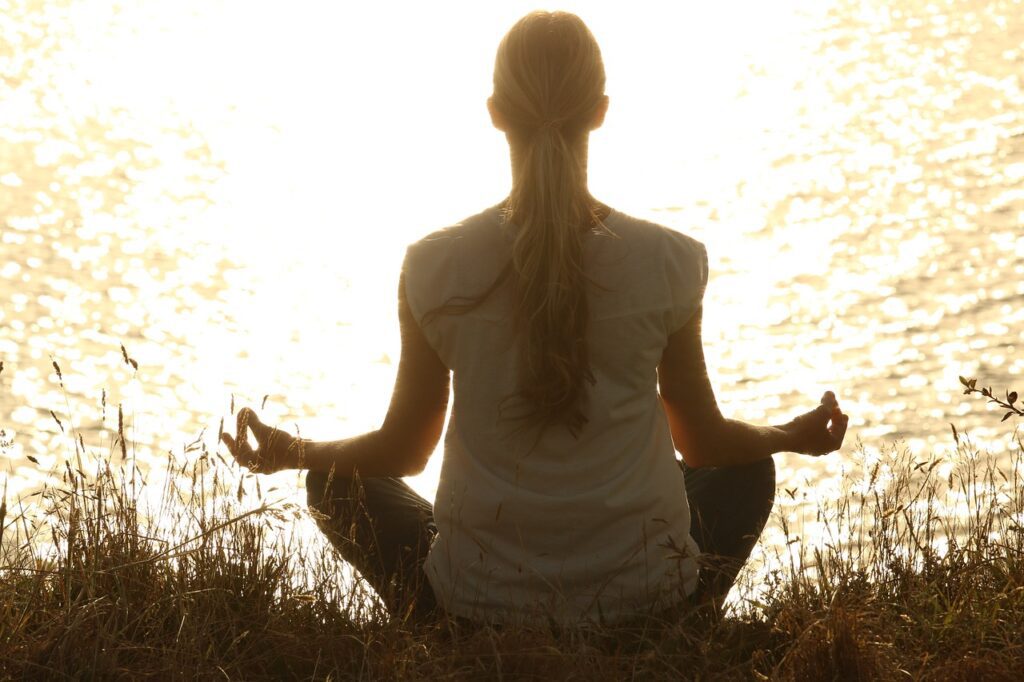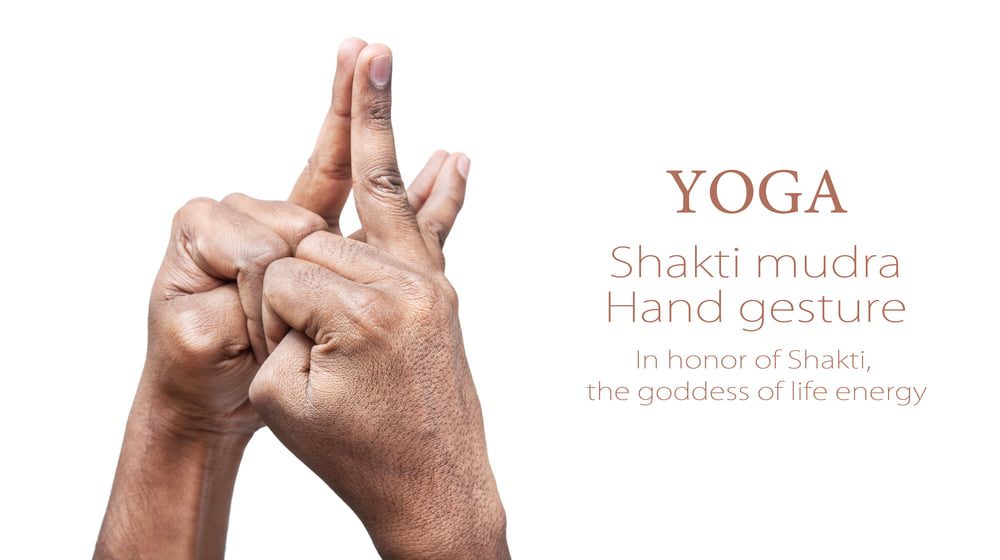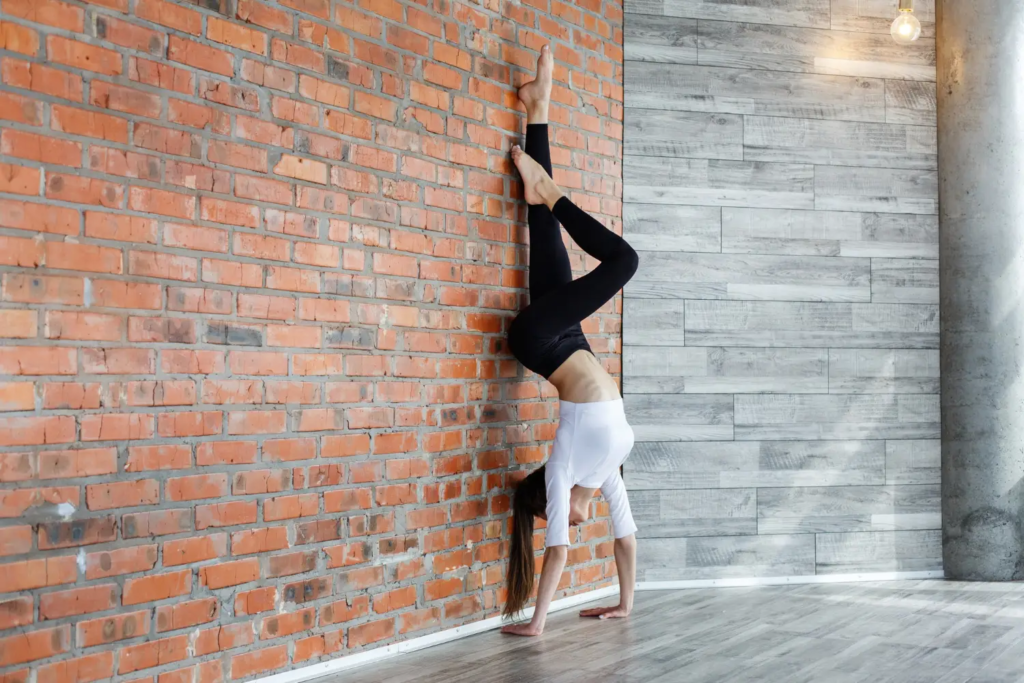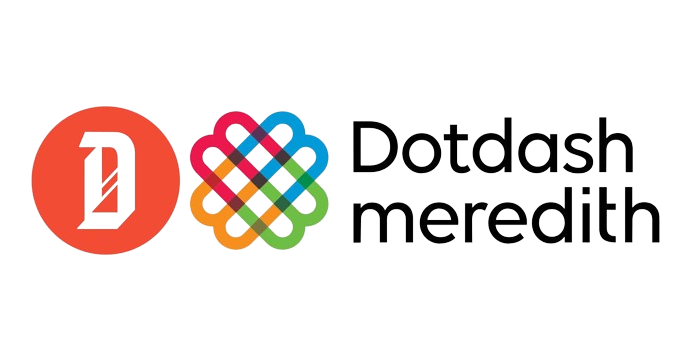Yoga is an ancient practice that has been gaining popularity in recent years. It is known to have various health benefits, including reducing stress, improving flexibility and enhancing mental clarity. However, one of the most significant benefits of yoga is its ability to alleviate chronic pain. Chronic pain is a debilitating condition that affects millions of people worldwide and traditional medical treatments often fall short in providing long-term relief. Yoga, on the other hand, offers a holistic approach to pain management that focuses on the mind-body connection. In this article, we will explore the health benefits of yoga for chronic pain and how it can help individuals to live a more fulfilling life.
Restorative Yoga Poses for Chronic Pain.
Yoga is a form of exercise that has been shown to be effective in managing chronic pain. It can help reduce inflammation, improve circulation and increase flexibility, all of which can help to alleviate pain. Here are eight yoga poses that can help to manage chronic pain:
1. Child’s Pose (Balasana) for Chronic Pain.
Child’s pose, also known as Balasana, is a restorative yoga pose that can be beneficial for those experiencing chronic pain. This pose gently stretches the hips, thighs and ankles, while also relaxing the spine and shoulders. Child’s pose can be particularly helpful for those with lower back pain, as it can help to release tension and tightness in the area.
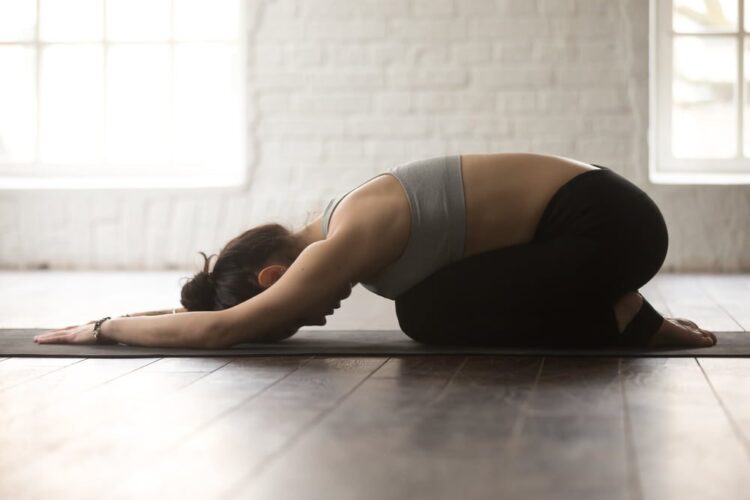
Additionally, the pose encourages deep breathing, which can help to calm the mind and reduce stress levels. As with any exercise or yoga practice, it’s important to listen to your body and modify the pose as necessary to avoid any discomfort or pain. With consistent practice, child’s pose can be a helpful tool in managing chronic pain.
Steps.
- Begin on your hands and knees, with your knees hip-width apart and your toes touching.
- Sit back onto your heels while stretching your arms forward.
- Rest your head on the floor or a block.
2. Downward Facing Dog (Adho Mukha Svanasana) for Chronic Pain.
Downward Facing Dog (Adho Mukha Svanasana) is a popular yoga pose that can be beneficial for individuals with chronic pain. This pose stretches the hamstrings, calves and spine while also strengthening the shoulders, arms and wrists. The pose can help to improve flexibility, increase blood flow to the muscles and reduce tension in the body.
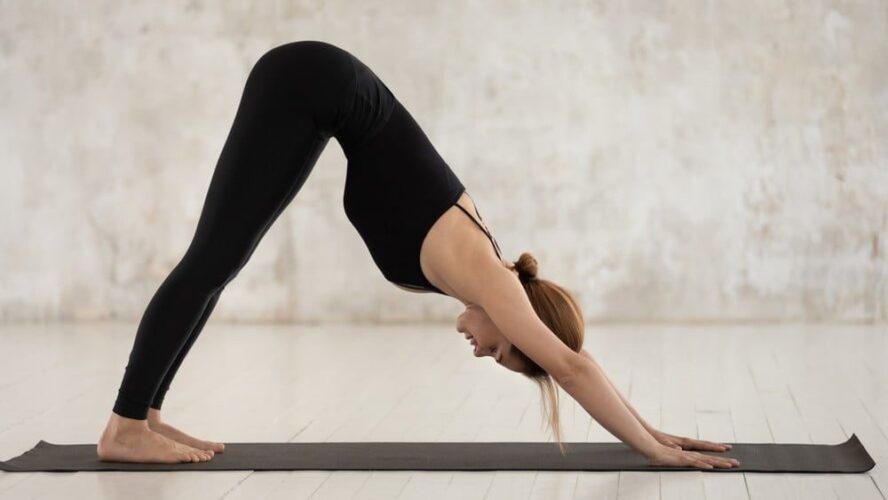
The inverted position of the pose can also help to stimulate the nervous system and promote relaxation. However, it is important to approach this pose with caution and modify as needed to avoid aggravating any existing pain or injuries. It is recommended to work with a qualified yoga instructor or healthcare provider to ensure proper alignment and technique.
Steps.
- Begin on your hands and knees, then lift your hips up and back while straightening your arms and legs.
- Spread your fingers wide and press them into the mat.
3. Cat/Cow Pose (Marjaryasana/Bitilasana) for Chronic Pain.
Cat/Cow Pose, also known as Marjaryasana/Bitilasana, is a gentle yoga pose that can be beneficial for those experiencing chronic pain. This pose involves moving the spine from a rounded position to an arched position, which can help to release tension and improve flexibility in the back muscles.
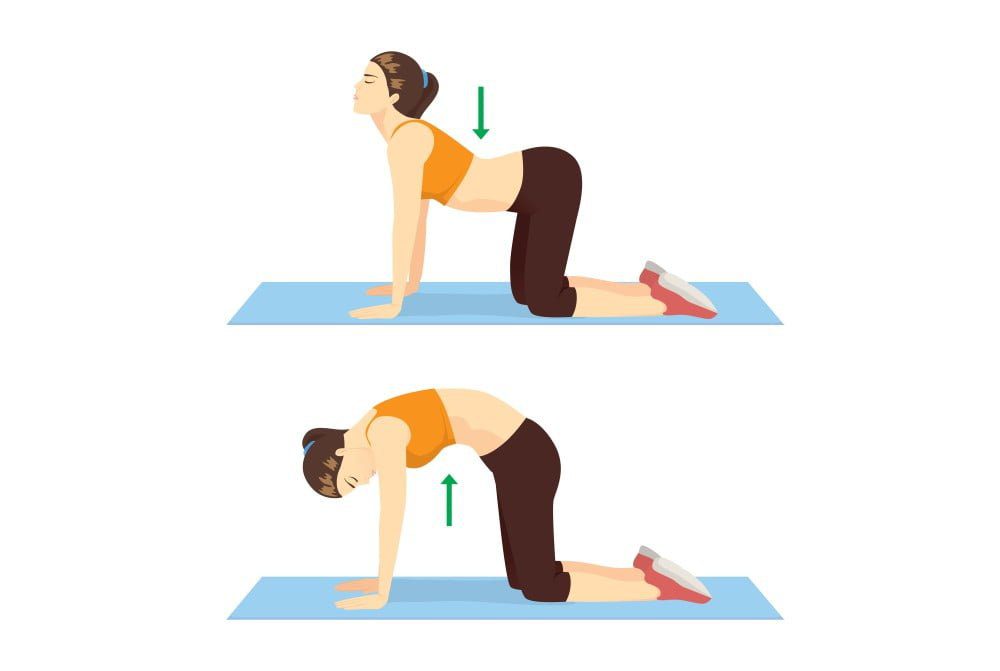
The gentle movement of the spine can also help to increase circulation and reduce stiffness in the joints, making it a great option for those with conditions such as arthritis or fibromyalgia.
Additionally, the deep breathing that accompanies this pose can help to calm the mind and reduce stress, which can be a major contributor to chronic pain. Overall, Cat/Cow Pose can be a useful tool for those looking to manage chronic pain in a gentle and effective way.
Steps.
- Begin on your hands and knees, with your wrists under your shoulders and your knees under your hips
- Inhale and arch your back, lifting your tailbone and head
- Exhale and round your spine, tucking your chin to your chest
4. Pigeon Pose (Eka Pada Rajakapotasana) for Chronic Pain.
Pigeon Pose, also known as Eka Pada Rajakapotasana, is a yoga posture that can be helpful for relieving chronic pain. This pose is particularly effective for targeting tightness and discomfort in the hips, lower back and glutes.

By stretching these areas, Pigeon Pose can help to alleviate pain and improve flexibility and range of motion. Additionally, this pose can help to calm the mind and reduce stress, which can also contribute to chronic pain. When practicing Pigeon Pose for chronic pain, it is important to listen to your body and modify the pose as needed to avoid exacerbating any existing injuries or conditions.
Steps.
- Begin on your hands and knees, then bring your right knee forward to your right hand.
- Extend your left leg behind you, keeping your hips square.
- Rest your forehead on the ground or a block.
5. Cobra Pose (Bhujangasana) for Chronic Pain.
Cobra Pose, also known as Bhujangasana, is a yoga posture that can be beneficial for individuals who suffer from chronic pain. This pose helps to elongate the spine and stretch the muscles in the back, chest, and shoulders. By doing so, it can improve flexibility and mobility, which can help to alleviate pain and discomfort.

Additionally, Cobra Pose can help to strengthen the muscles in the back and abdomen, which can help to support the spine and reduce strain on the lower back. When practiced regularly, this pose can be a useful tool for managing chronic pain and improving overall physical well-being.
Steps.
- Lie on your stomach with your hands under your shoulders
- Inhale and lift your chest off the ground, keeping your elbows close to your sides
- Hold for a few breaths, then release
6. Triangle Pose (Trikonasana) for Chronic Pain.
Triangle Pose (Trikonasana) is an excellent yoga pose for those who suffer from chronic pain. This pose helps to stretch the hamstrings, hips and spine, which can alleviate tension and discomfort in these areas.
It also strengthens the legs and core, which can help to improve balance and stability. Triangle Pose can also aid in improving digestion, which may be beneficial for those with chronic pain related to gastrointestinal issues.
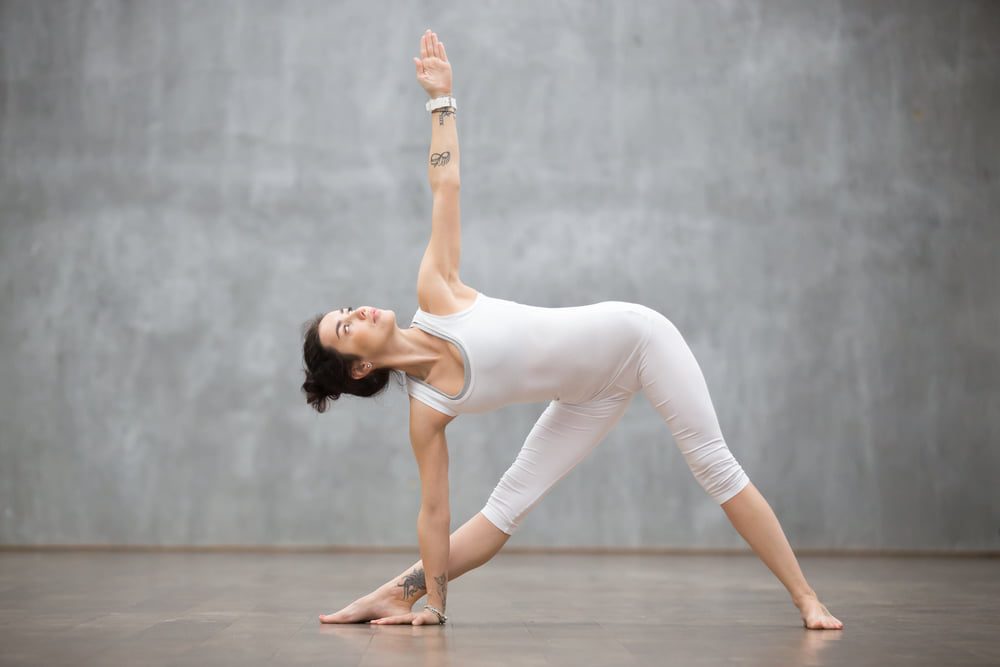
However, it is important to approach this pose with caution and to modify it as necessary to avoid exacerbating any existing pain or injuries. As with any yoga practice, it is recommended to consult with a healthcare professional before beginning.
Steps.
- Stand with your feet wide apart, then turn your right foot out 90 degrees and your left foot in 45 degrees
- Reach your right arm forward, then hinge at the hip and reach your right hand down to your shin or a block
- Extend your left arm up towards the ceiling
- Benefits: Stretches the hamstrings, hips, and spine
7. Seated Forward Bend (Paschimottanasana) for Chronic Pain.
Seated Forward Bend, also known as Paschimottanasana, is a popular yoga pose that has been found to be effective in relieving chronic pain. This pose involves sitting with your legs extended in front of you and bending forward to touch your toes.
The pose stretches the entire back of the body, including the hamstrings, lower back and spine. This stretch helps to reduce tension and tightness in the muscles, which can be a major contributor to chronic pain.
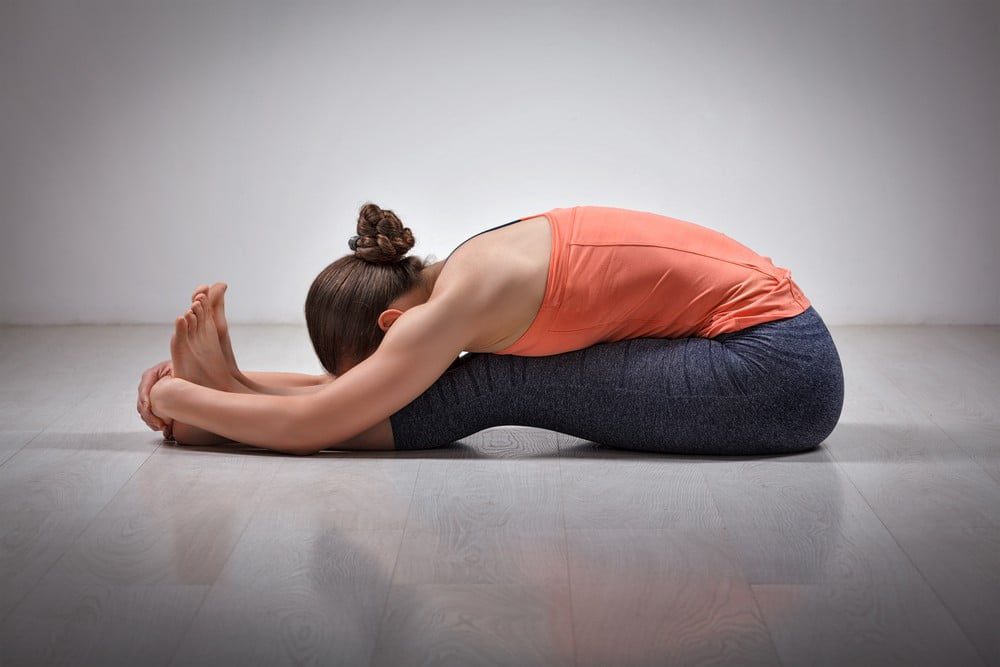
Additionally, the forward bend can help to calm the mind and reduce stress, which can also contribute to pain relief. Regular practice of this pose can help to improve flexibility and reduce pain over time.
Steps.
- Sit with your legs straight out in front of you.
- Inhale and reach your arms up, then exhale and fold forward, reaching for your toes or ankles
- Hold for a few breaths, then release
8. Corpse Pose (Savasana) for Chronic Pain.
Corpse Pose, also known as Savasana, can be incredibly beneficial for those suffering from chronic pain. This pose requires the practitioner to lie flat on their back with their arms and legs slightly apart and their palms facing up.
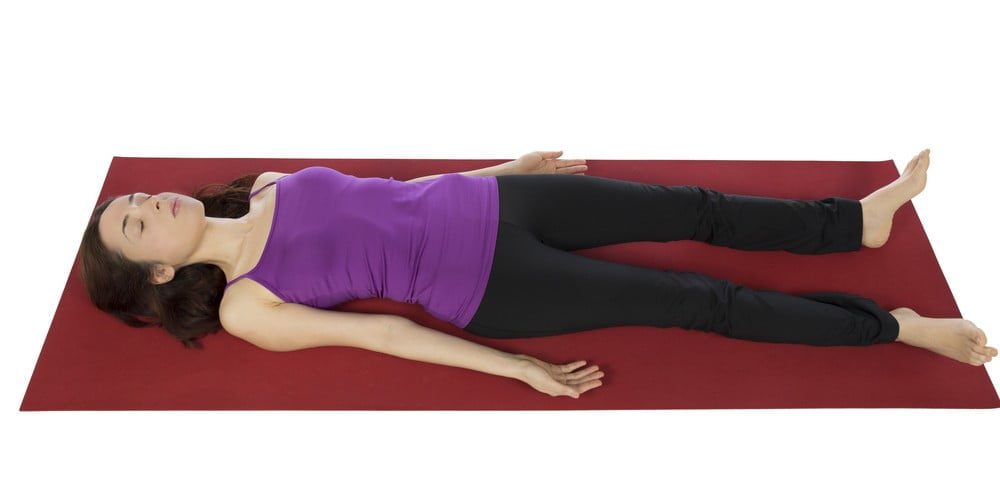
By fully relaxing the body and focusing on deep breathing, Savasana can effective to reduce tension and stress in the muscles, which can contribute to chronic pain. Additionally, this pose can help to calm the mind and promote mental clarity, which can be especially helpful for those dealing with the emotional toll of chronic pain. Incorporating Savasana into a regular yoga practice can provide a much-needed sense of relief and relaxation for those dealing with chronic pain.
Steps.
- Lie on your back with your arms by your sides and your palms facing up
- Close your eyes and focus on your breath, letting your body relax
Bottom Line.
Yoga can be a powerful tool for managing chronic pain. With the right poses and proper technique, individuals can find relief from pain and improve their overall physical and mental well-being. By incorporating yoga into their daily routine, individuals can increase strength, flexibility and balance while reducing their reliance on medication. Remember to always listen to your body and consult with a healthcare professional before starting any new exercise routine. With consistent practice and patience, individuals can find relief from chronic pain and improve their quality of life through the practice of yoga.

 Workout
Workout
 Meditation
Meditation





 Contact Us
Contact Us


